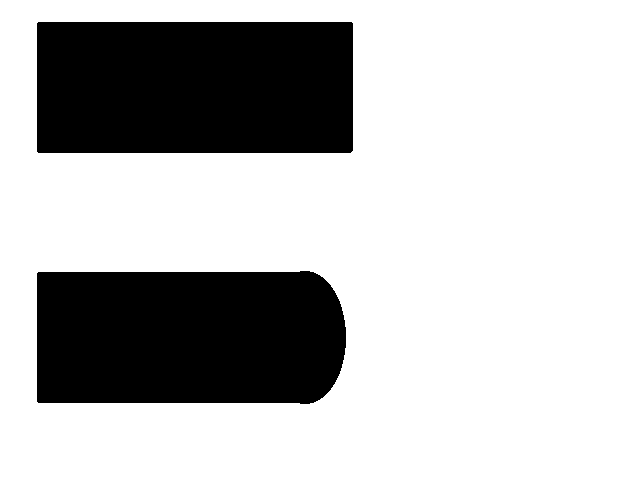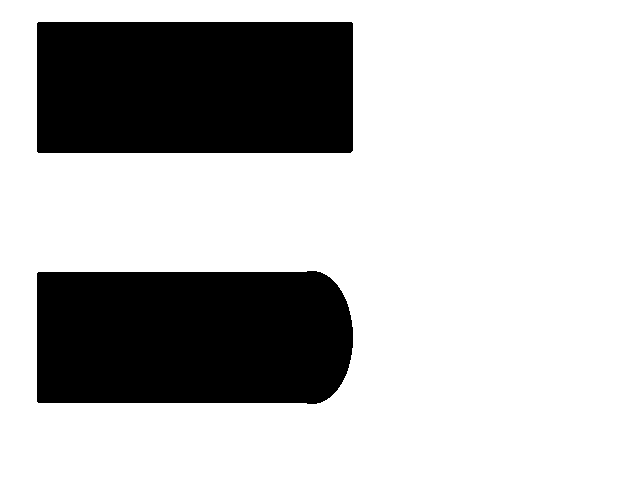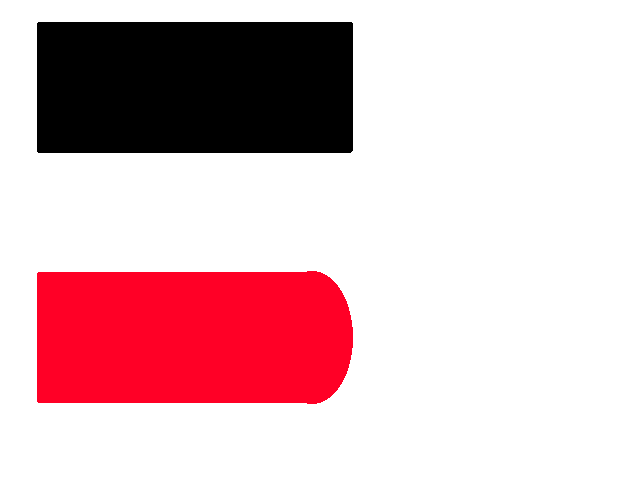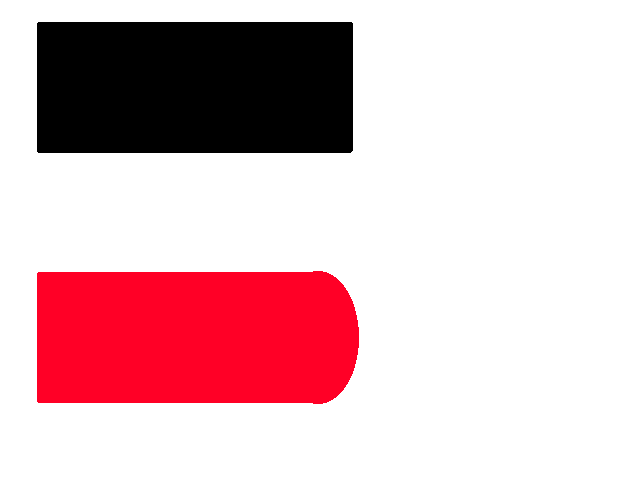Judging Pinewood Derby Races "By Eye"
By Stan Pope
Sooner or later it will happen. Race Day has arrived. The track is set up. You have a pack full of Cub Scouts ready to race their cars.
But, the electronic finish line doesn't work!
Something is broken. Or the ambient light causes malfunction. The cause doesn't really matter.
What do I do?
Postponement is usually not an option. It is time for "Plan B." ("Plan B" is an age-old concept in Cub Scouting.) "Plan B" is the plan to use if the primary plan can't be used?
Here is a "Plan B" for electronic finish line failure.
First, change the competition scheme so that you only have to identify heat winners (rather than all heat finish position) and you don't have to have a lot of "support materials", such as charts. For this, I recommend a no-chart, multiple elimination method in which the competitors are managed "by groups." The groups are defined as the competitors with the same win-loss records. Set the elimination count at the number of trophies that you have to award or the number of representatives that you have to select. Extensive discussion of ""No-Chart, multiple elimination" is provided elsewhere on the site.
Second, you need to identify each heat winner "by eye."
"Argh! No! Not that! Are you sure we can't postpone?"
Fear not! Judging by eye requires some specific skills, but they can be learned easily.
Do's, and a few don'ts:
-
Use two or three adjacent lanes for the racing.
-
Have a clearly marked finish line. If the finish line is not clearly marked, apply masking tape across the track and mark on it using a pointed felt-tip pen, such as a "Sharpie." Use a carpenter's square to assure that the finish line is perpendicular to the racing lanes. Remove the electronics so that there is an unobstructed view of the finish line from above. (Don't just move the finish line because that would change the track geometry and possibly affect the results.)
-
Practice with competitive (but non-competing) cars until you are comfortable making the calls.
-
Arrange with the starter to release the cars on your signal. You don't want to be caught off guard.
-
Position yourself above the finish line. If there is an audience on one side of the track, stand on the other side so that their view is not obstructed.
-
Follow the pack of cars from the starting line with your head, not your eyes. The large muscles of the neck can move your head smoothly; your eyes move in jerky motions.
-
In identifying the winning car, note which lane's finish line was reached first by the nose of it's occupant car. This can be a bit tricky because of different shapes and colors of the cars. (Agree ahead of time which part of the car "counts". Usually this will be the foremost edge of the car's body.)
-
Immediately point to the lane of the winning car and, like a good bird dog, hold the point. Don't think about it or try to replay it in your mind. Don't try to second guess yourself. Your memory may play tricks on you.
-
Call every race. Do not allow yourself to miss even one race by being distracted or out of position. If a heat is really too close to call, call it a tie and advance the tied cars. "No-Chart" elimination allows you to do this. Do not (i.e. DO NOT!) request that the heat be rerun.
-
Require that the cars be left on the track until the winning car is identified.
-
Once the lane of the winning car is physically identified, then have someone identify and announce the lane by its number and the car that occupied that lane. When you have confirmed that they called the correct lane number, then, and only then, should you release the point on the winning lane and prepare for judging the next heat.
Coping with possible inaccuracy.
I expect to call each race correctly. I may make a few mistakes. What can I do to minimize the effect of those mistakes?
More judges
-
As an alternative to a single judge, you may use two additional judges. Let the majority rule. If they are all of comparable capability, it will improve accuracy. If one or more of the judges have lesser capability, then the overall accuracy is reduced. Three judges works best when there are two cars racing, such as in the finals of "No-Chart."
-
Another alternative is to have two judges call the race and, if they differ on the call, advance cars selected by both judges. ("No-Chart" allows you to do this, at least, until the finals.) Two judges work well in the preliminary rounds of "No-Chart."
There is another advantage of additional judges: appearance of fairness. A disadvantage is that only two judges have a good position to make the call.
Weigh the pros and cons. Make a choice and go with it.
More races
Another method of coping with inaccuracy is to increase the elimination criteria by one or two. For instance, if you are racing for 3 trophies, use a quadruple (or quintuple) elimination format instead of triple elimination. This gives an opportunity for a car to rebound from an incorrect call.
Estimating the limits of accuracy.
My experience is that I can call races accurately when the cars are separated by 1/8 inch or less.
Watch out for illusion.
Optical illusions can affect your accuracy. This knowledge may cause you to open up your "tie" width a bit. You can get some idea from the following pictures.
The noses of the cars are on the right. Pick the winner, then click the picture to see the same picture with a finish line in place.
Shape illusion.
Just as square-topped letters look taller than round-topped letters, a car with a square front can seem to lead a car with a round front. Here are some examples.



Shape and color illusion.
Color can affect perception. Red cars can seem to lead cars of other colors. Here are some examples.



Original page created: 5/23/2002
Latest update: 5/24/2002
Copyright 2002 © by Stan Pope. All rights reserved.
Scouting organizations may print, duplicate and distribute copies of this document provided that this copyright notice remains intact and no fee, direct or indirect, is charged for the copies.

